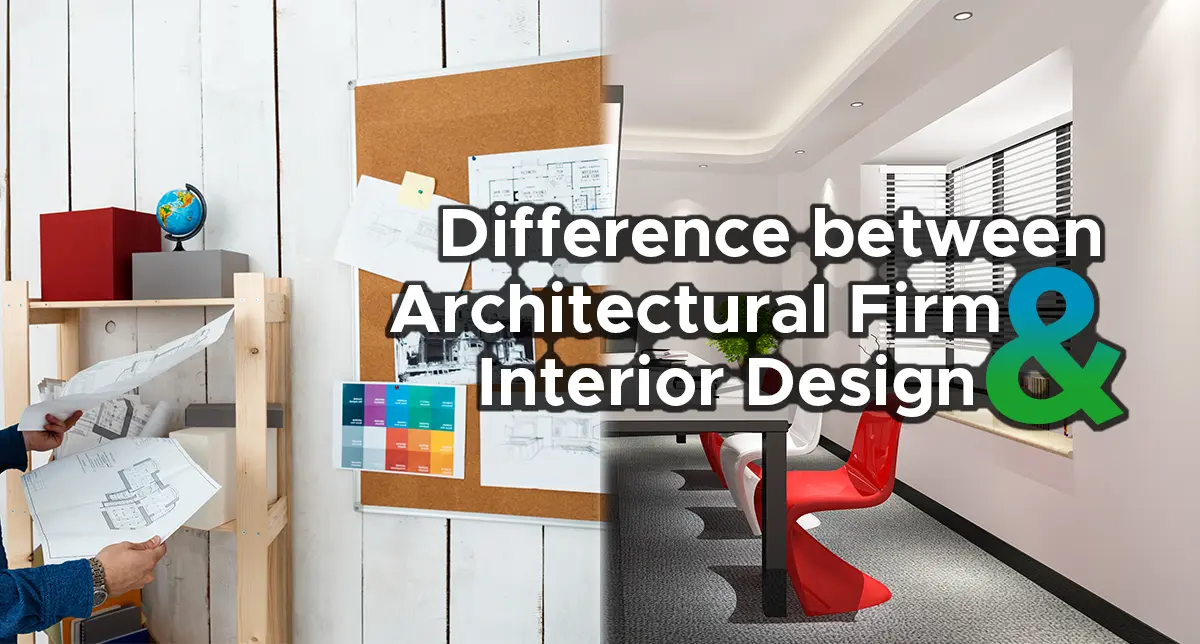The Art of Balance: How Interior Design and Home Designer Collaborate for Stunning Outcomes
In the realm of home style, striking a balance in between appearances and performance is no tiny feat. This delicate equilibrium is attained through the unified cooperation between indoor developers and designers, each bringing their unique knowledge to the table. The outcome? Rooms that are not only visually magnificent but likewise extremely livable. This perfect blend is not constantly simple to achieve. Remain with us as we check out the intricacies of this joint process and its transformative effect on home design.
Comprehending the Core Differences Between Interior Design and Home Style
While both Interior Design and home design play essential roles in developing cosmetically pleasing and useful areas, they are inherently various self-controls. Home design mainly concentrates on the architectural elements of the home, such as building codes, safety policies, and the physical construction of the room. It takes care of the 'bones' of the structure, collaborating with spatial measurements, bearing walls, and roof layouts. On the other hand, Interior Design is extra concerned with enhancing the aesthetic and sensory experience within that framework. It entails selecting and setting up furnishings, choosing color schemes, and including decorative aspects. While they function in tandem, their roles, responsibilities, and locations of knowledge split significantly in the creation of an unified home environment.
The Harmony Between Home Architecture and Inside Design
The harmony in between home style and Interior Design lies in a common vision of style and the enhancement of practical aesthetics. When these 2 fields line up harmoniously, they can change a living room from average to amazing. This collaboration calls for a deeper understanding of each self-control's concepts and the capacity to create a natural, visually pleasing environment.
Unifying Style Vision
Merging the vision for home design and indoor style can create an unified living space that is both practical and visually pleasing. It promotes a collaborating strategy where building elements enhance interior layout elements and vice versa. Thus, unifying the layout vision is crucial in mixing design and indoor layout for sensational results.
Enhancing Useful Aesthetic Appeals
Just how does the synergy between home style and indoor layout enhance useful aesthetic appeals? Engineers lay the foundation with their structural style, ensuring that the room is functional and efficient. A designer could develop a residence with large home windows and high ceilings.
Importance of Collaboration in Creating Balanced Spaces
The partnership in between indoor developers and architects is crucial in producing well balanced spaces. It brings harmony in between layout and style, offering birth to rooms that are not only visually pleasing but likewise useful. Checking out effective joint approaches can supply insights into just how this synergy can be successfully attained.
Integrating Layout and Design
Equilibrium, a vital facet of both Interior Design and style, can just absolutely be achieved when these 2 areas operate in consistency. This consistency is not simply an aesthetic consideration; it impacts the capability, toughness, and ultimately, the livability of a space. Interior designers and architects have to comprehend each various other's functions, respect their competence, and communicate efficiently. They must take into consideration the interaction of structural components with decoration, the circulation of spaces, and the impact of light and shade. This collective process causes a cohesive, balanced style where every element has an objective and contributes to the overall visual. For that reason, integrating style and style is not practically producing stunning rooms, however concerning crafting areas that function perfectly for their residents.
Successful Joint Techniques

Instance Studies: Successful Assimilation of Design and Style
Checking out numerous case studies, it becomes obvious how the successful integration of interior style and architecture can change an area. Engineer Philip Johnson and indoor developer Mies van der Rohe teamed up to create an unified equilibrium between the inside and the framework, resulting in a seamless circulation from the exterior landscape to the internal living quarters. These situation studies underline the extensive impact of an effective layout and design collaboration.

Getting Rid Of Obstacles in Layout and Design Partnership
Despite the obvious advantages of an effective collaboration between indoor design and style, it is not without its difficulties. Engineers might focus on architectural stability and security, while developers focus on convenience and style. Effective interaction, mutual understanding, and compromise are essential to get over these obstacles and achieve a effective and harmonious partnership.

Future Patterns: The Evolving Connection In Between Home Architects and Inside Designers
As the globe of home layout proceeds to advance, so does the partnership in between architects and indoor designers. On the other hand, interior designers are embracing technological elements, affecting total format and capability. The future guarantees a much more cohesive, cutting-edge, and adaptive method to home design, as engineers and developers proceed to blur the lines, cultivating a connection that truly personifies the art of equilibrium.
Conclusion
The art of balance in home design is achieved with the unified cooperation Find Out More between interior designers and designers. In spite of difficulties, this partnership fosters growth and technology in layout.
While both indoor layout and home architecture play vital functions in producing visually pleasing and practical spaces, they are inherently different self-controls.The synergy between home style and indoor design lies in a common vision of design and the enhancement of useful visual appeals.Unifying the vision for home design and indoor design can create an unified living area that is both functional and cosmetically pleasing. Hence, unifying the design vision is crucial in blending architecture and indoor style for sensational outcomes.
Exactly how does the synergy in between home architecture and indoor design boost practical aesthetic appeals? (Winchester architect)